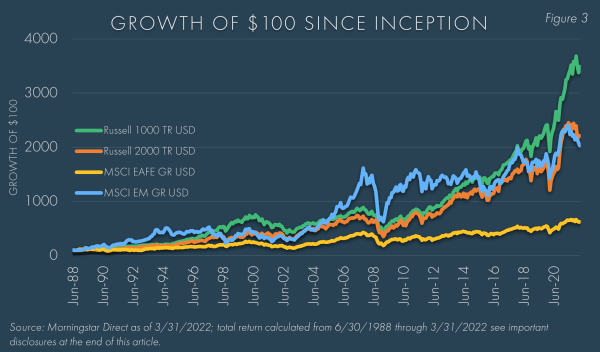Meanwhile, a JPMorgan index tracking government bonds issued in local currencies has climbed more than 15%, buoyed by falling inflation, a weaker dollar, and sustained demand for real income.
These gains have comfortably outpaced developed market benchmarks, signalling a long-awaited rotation of investor attention.
Nigel Green says that while optimism over interest-rate cuts in the United States has helped, the underlying story is broader.
“The dollar’s weakness has acted as the spark, but this rally is also about the maturity of emerging markets themselves.
“Monetary and fiscal policy frameworks are stronger, governance has improved, and the demographic backdrop is far more favorable. These are not the fragile economies of the past.
“A sliding dollar has proved decisive, reducing the burden of dollar-denominated debts and easing funding costs across developing economies. This has encouraged capital inflows into both bonds and equities, particularly where central banks have maintained high real rates.”
Markets such as Brazil, Mexico, and South Africa are now attracting renewed foreign participation as their policymakers demonstrate restraint and independence.
“When the dollar declines, liquidity returns to emerging markets, and it often stays there,” says the deVere CEO.
“Investors who once viewed these economies through the lens of risk are now seeing them as sources of diversification and income. The perception is shifting from speculative to strategic.”
Asia remains the strongest magnet for capital, supported by its central role in the global technology supply chain. South Korea’s Kospi and Taiwan’s Taiex have both hit record highs this year, lifted by surging demand for semiconductors and equipment essential to artificial intelligence and data processing.
Taiwan Semiconductor Manufacturing Company, the world’s largest contract chipmaker, now accounts for roughly 11% of the entire MSCI emerging-market index.
“AI has transformed not only how we invest, but where we invest,” says Nigel Green.
“The infrastructure driving this technological revolution is being built in emerging Asia. Investors seeking long-term exposure to AI are increasingly finding it in Seoul, Taipei, and beyond, not just in Silicon Valley.”
The rebound extends beyond Asia. In Latin America and Africa, governments have capitalised on renewed appetite for local debt.
S&P Global Ratings reports that bond issuance across 17 major emerging economies outside China has reached a record 286 billion dollars this year as investors chase high yields in local currencies.
Improved fiscal management, stronger current accounts, and moderating inflation have all helped restore confidence.
Even after this year’s gains, valuations remain appealing. The MSCI emerging-market equity index trades at around 14 times next year’s projected earnings, compared with approximately 23 for the S&P 500.
“This discount is extraordinary,” says the chief executive.
“It tells you that despite the rally, emerging markets are still priced for pessimism while delivering improving fundamentals. The re-rating process has only just begun.”
India has been the notable laggard, largely because valuations were already elevated, though its long-term structural story remains compelling. Elsewhere, stability in currencies and disciplined fiscal policies have helped restore investor credibility in regions that had previously fallen off the global radar.
Nigel Green believes this dynamic marks a new phase in global investing.
“We aren’t seeing the end of developed-market strength, but we are witnessing the beginning of genuine diversification.
“The case for exposure to emerging markets has not been this strong in years. The combination of falling US rates, a softening dollar, and wide valuation gaps creates a powerful opportunity.”
-ENDS-
source: Cette adresse e-mail est protégée contre les robots spammeurs. Vous devez activer le JavaScript pour la visualiser.
-
 0
0
-
 0
0
-
 0
0
-
 0
0
-
 0
0
-
 0
0
